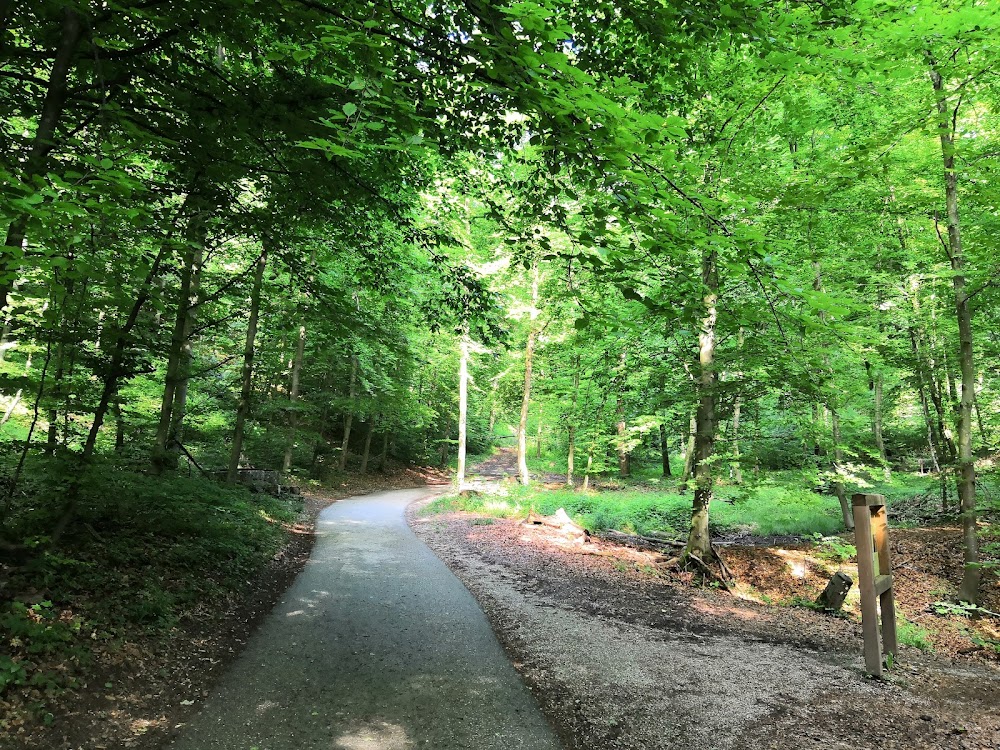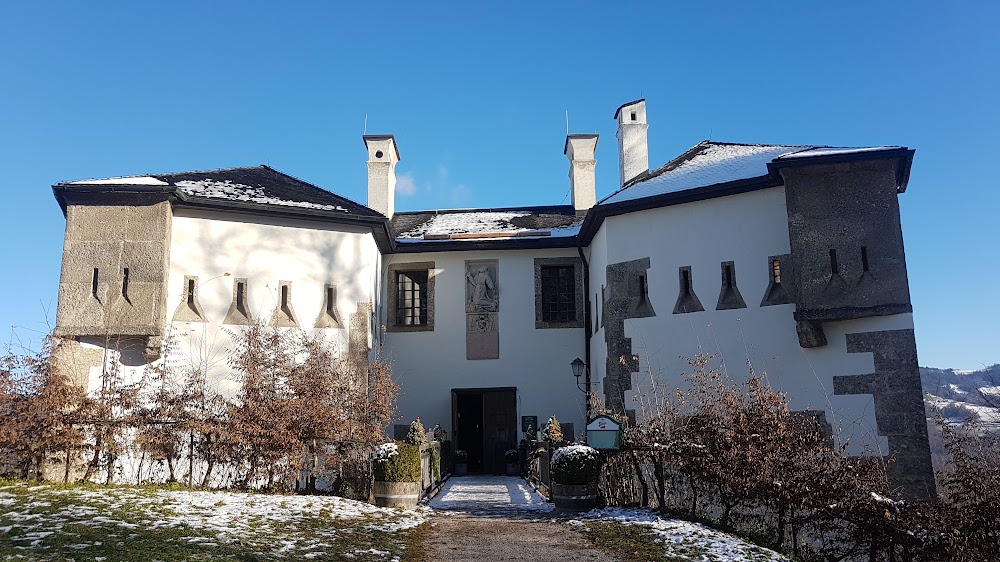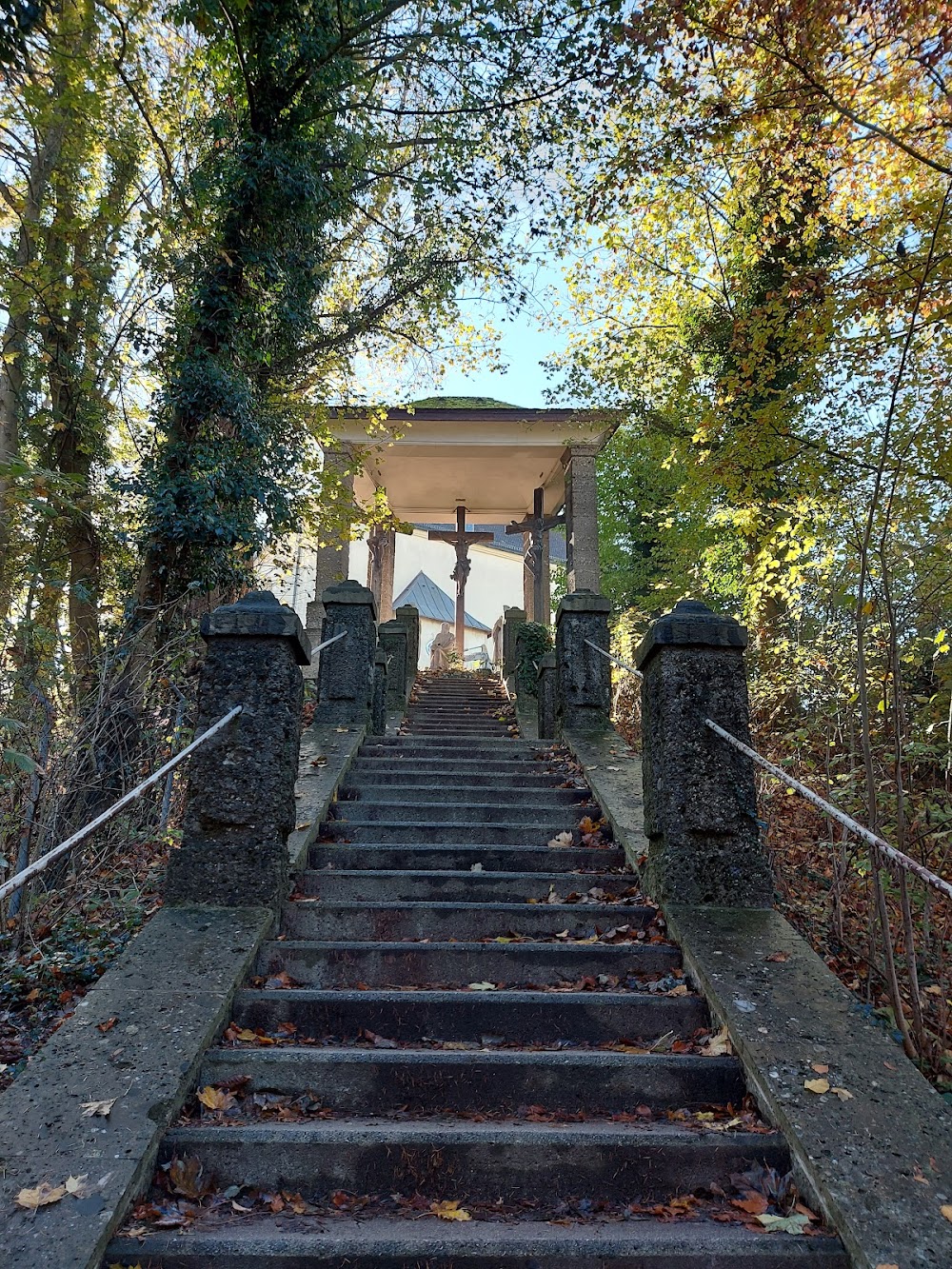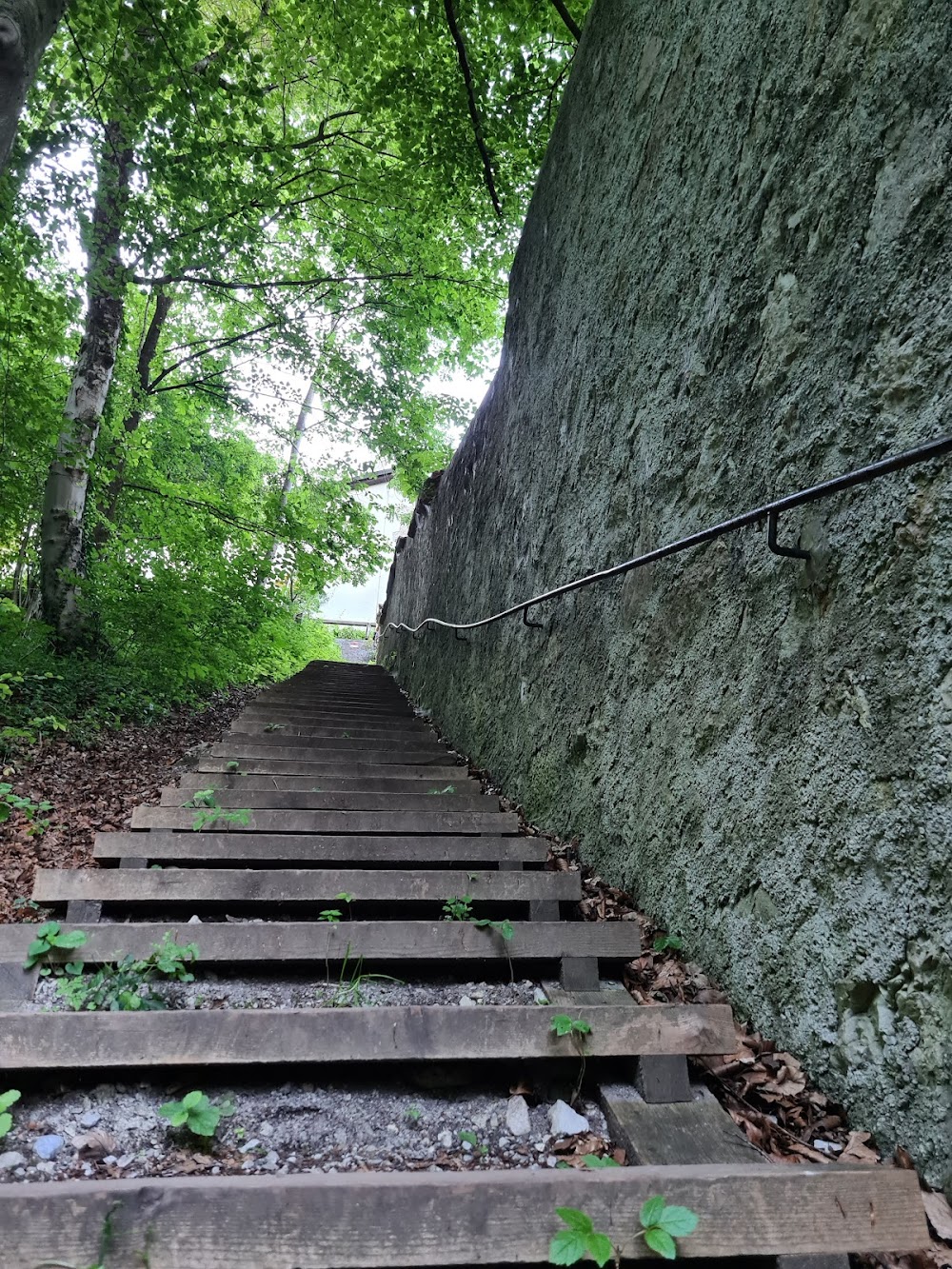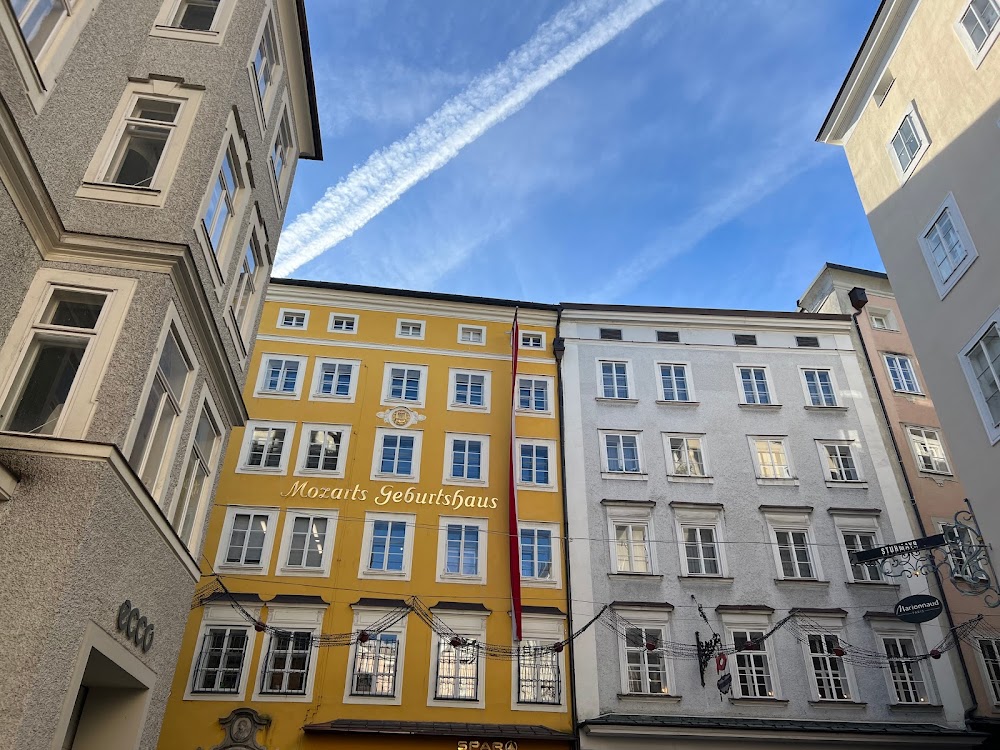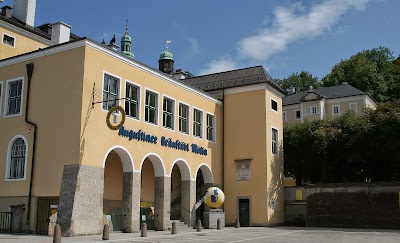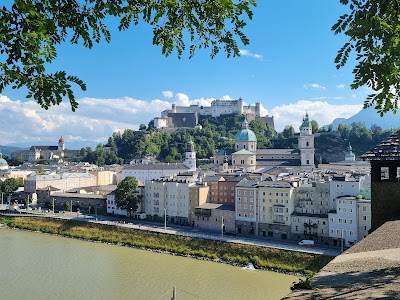Kapuzinerberg (Kapuzinerberg)
Overview
Kapuzinerberg is a captivating hill situated on the eastern bank of the Salzach River in Salzburg, Austria. This serene and picturesque location provides breathtaking views of the city, making it a perfect retreat from the hustle and bustle of urban life.
Historical Significance
Historically, Kapuzinerberg has served as a notable landmark. During the Roman era, it was believed to be part of the ancient city of Juvavum. The name "Kapuzinerberg" is derived from the Capuchin monks (German: Kapuziner), who established a monastery here in the early 17th century. The Kapuzinerkloster, founded in 1599 and completed in 1605, became a sanctuary for contemplation and prayer, adhering to the spiritual legacy of St. Francis of Assisi.
To safeguard Salzburg from invaders, the monks constructed fortifications on Kapuzinerberg. These defenses were later enhanced under Prince-Archbishop Paris Lodron during the Thirty Years' War. Today, remnants of these defensive walls and structures still stand, offering visitors a glimpse into the strategic importance of Kapuzinerberg throughout history.
Walking Trails and Natural Beauty
The hill features a variety of walking trails, such as the Stefan-Zweig-Weg, named after the renowned Austrian writer who resided in Salzburg until fleeing the Nazis in 1934. The trails cater to all levels of walkers, from leisurely strolls to more demanding hikes. Along the routes, you will encounter several historical sites and monuments, including the Franziski-Schlössl, a quaint fortress built in the early 17th century that now operates as a restaurant.
Midway up the hill lies the enchanting Paschinger Schlucht (Pasching Gorge), known for its dramatic rock formations and a charming waterfall. This picturesque spot is a favorite among photography and nature enthusiasts. Additionally, the Hettwer Bastion, another historic fortification on the hill, offers sweeping views of Salzburg and the surrounding landscape.
Cultural Inspiration
Beyond its historical and natural attractions, Kapuzinerberg holds significant cultural importance. Over the centuries, it has inspired countless artists, writers, and composers, enriching Salzburg's vibrant cultural heritage. The harmonious blend of natural beauty, historical depth, and cultural significance makes Kapuzinerberg a cherished landmark in the city.
The area is accessible year-round, though the ideal times to visit are during spring and autumn when the weather is mild and the foliage bursts with color. For winter visitors, the snow-covered landscape creates a magical atmosphere.
In essence, Kapuzinerberg encapsulates the spirit of Salzburg, merging history, nature, and culture in one stunning location. Whether you’re enjoying a leisurely walk, embarking on a hike, or simply soaking in the panoramic views, Kapuzinerberg promises a unique and delightful experience for all who venture there.


